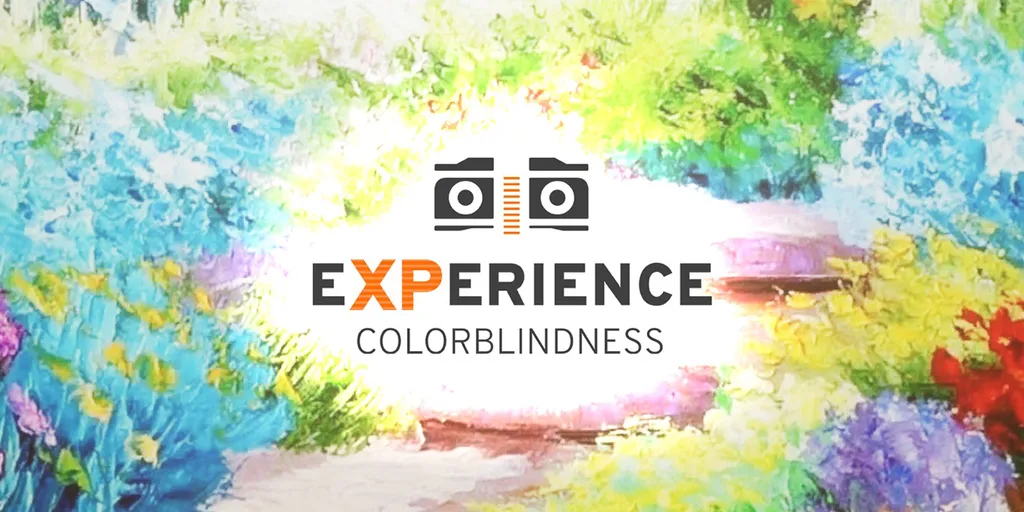In 2016, Czech VR developer Jan Horský set out with his company iNFINITE Production to use VR as a tool for empathy — to let people see how it would feel to be in the shoes of someone else. Given that one of VR’s strengths is as a visual tool, he decided to focus on vision-related differences in how people see the world. They considered conditions like nearsightedness, but the limited resolution of current VR made that impractical.
But when they tried colorblindness they realized current VR systems could simulate what it is like to live with poor color vision. So they contacted colorblind people, both friends and online, and asked what they thought people should know about the condition, and how this could be portrayed in VR.
Experience: Colorblindness was the result. It’s available for free on the Oculus Rift Store as well as Steam, and Viveport.

The experience shows four kinds of colorblindness — red-green, blue-yellow, and two types of total colorblindness. There’s a robotic companion that somewhat resembles the character from Oculus’ First Contact Rift tutorial guiding you through the app and the different types of poor color vision as well as how it works on a biological level. Most importantly, you get a glimpse of what it looks like to see the world this way. You can see different flowers in a garden, browse fruit in a grocery store, and view paintings in a museum.
By letting us experience life as another VR has the potential to be a powerful empathy amplifier. I learned a lot from this experience and I hope more like it are made for other conditions and life experiences.


























